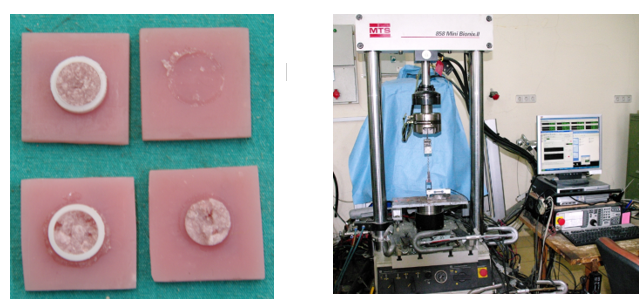by
Fırat Mehmet Günkan | Jan 11, 2022
Within the scope of the study, minimum inhibition concentration and minimum fungicidal concentration (MFC) of propolis and mahaleb extracts were determined by microdilution method using 96-well microplates. Candida albicans ATCC 10231 standard strain was used in the study. Chlorhexidine (0.2%) was preferred as the control group. According to the data obtained from the minimum inhibition concentration experiment, it was determined that propolis extracts were fungicidal and mahalep extracts were fungistatic. In the light of this information, within the scope of the project, propolis was added to the silicone-based soft lining material with the aim of providing antimicrobial property by providing encapsulation of plant or plant origin natural product extracts such as Allium sativum (garlic), Cerasus mahaleb (mahlep), Thymus vulgaris (thyme) by spray drying. With these new additives, the strength tests of the prosthetic material were successfully carried out.
Experimental studies of the Ph.D. Thesis of Istanbul University Faculty of Dentistry, supported by the TUBITAK 1002 Project, were carried out in the Biomechanics and Strength of Materials laboratory of the ITU Faculty of Mechanical Engineering.
Within the scope of the study, minimum inhibition concentration and minimum fungicidal concentration (MFC) of propolis and mahaleb extracts were determined by microdilution method using 96-well microplates. Candida albicans ATCC 10231 standard strain was used in the study. Chlorhexidine (0.2%) was preferred as the control group. According to the data obtained from the minimum inhibition concentration experiment, it was determined that propolis extracts were fungicidal and mahalep extracts were fungistatic. In the light of this information, within the scope of the project, propolis was added to the silicone-based soft lining material with the aim of providing antimicrobial property by providing encapsulation of plant or plant origin natural product extracts such as Allium sativum (garlic), Cerasus mahaleb (mahlep), Thymus vulgaris (thyme) by spray drying. With these new additives, the strength tests of the prosthetic material were successfully carried out.
